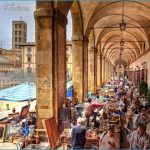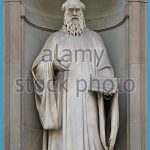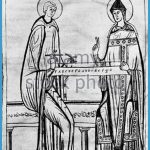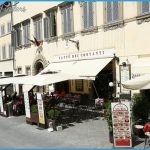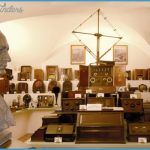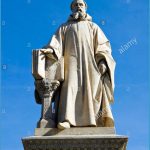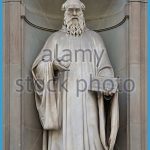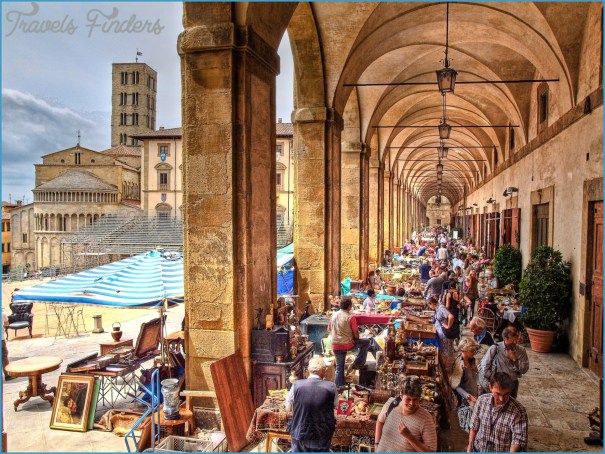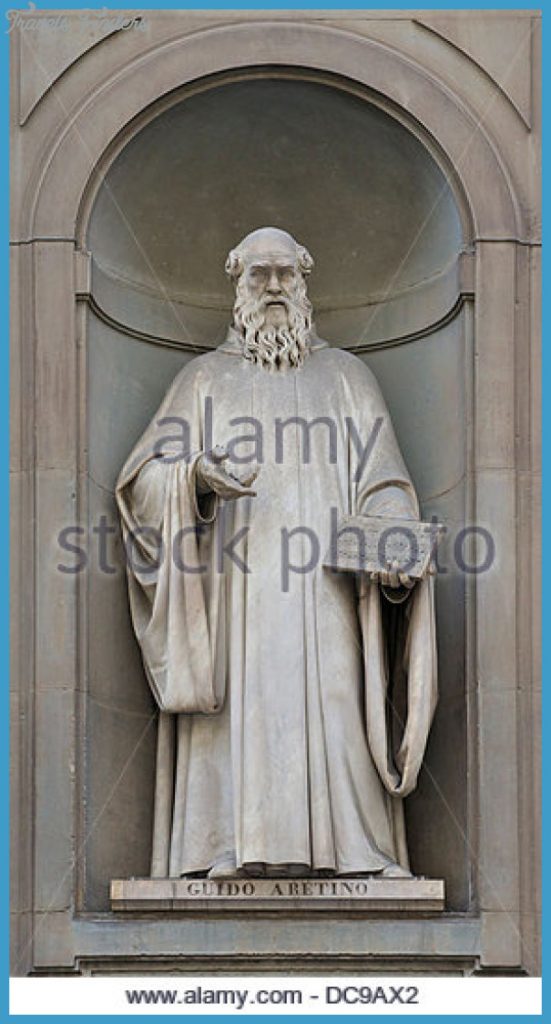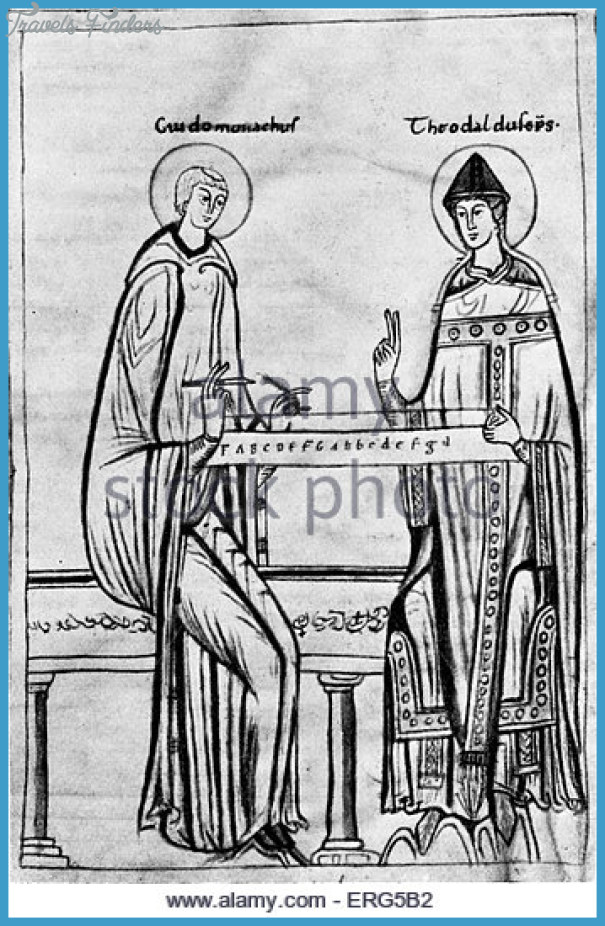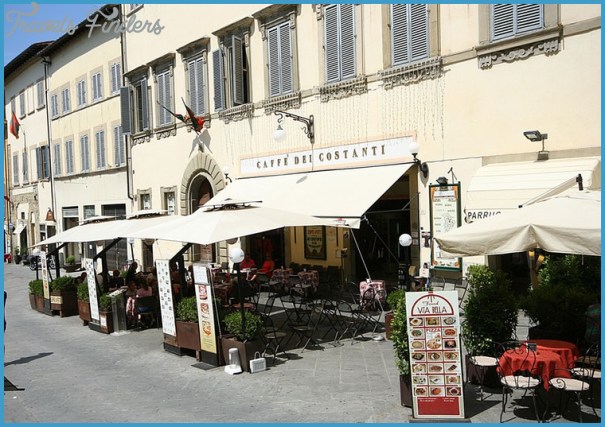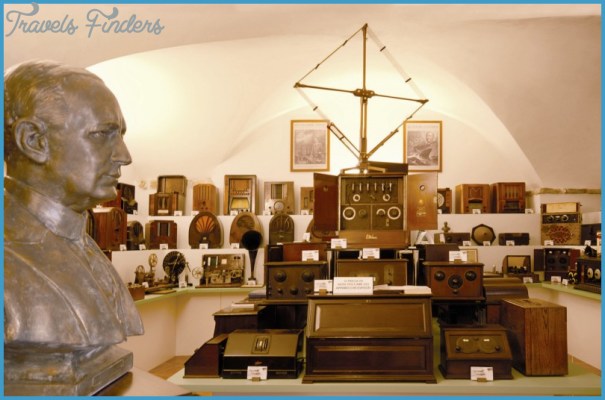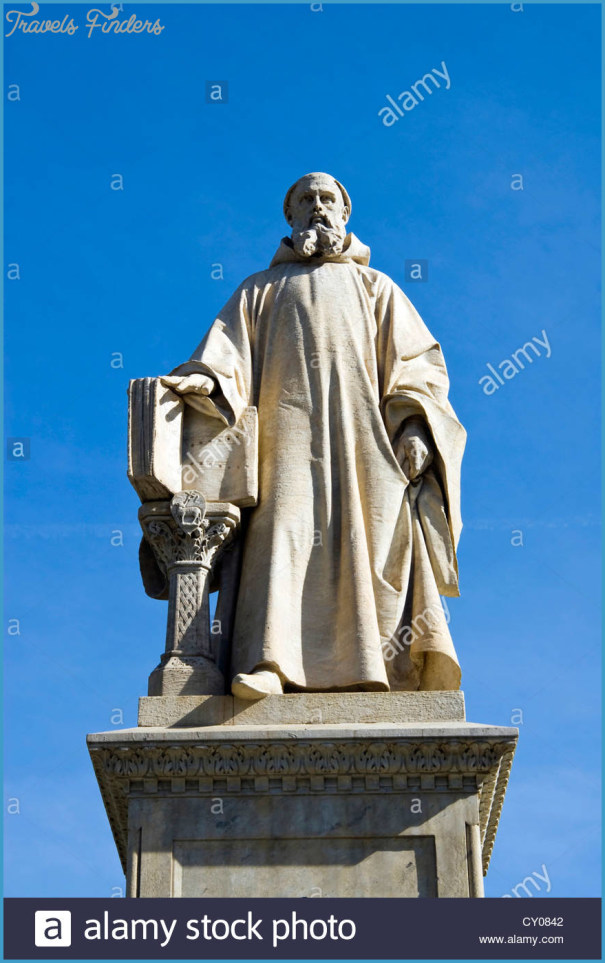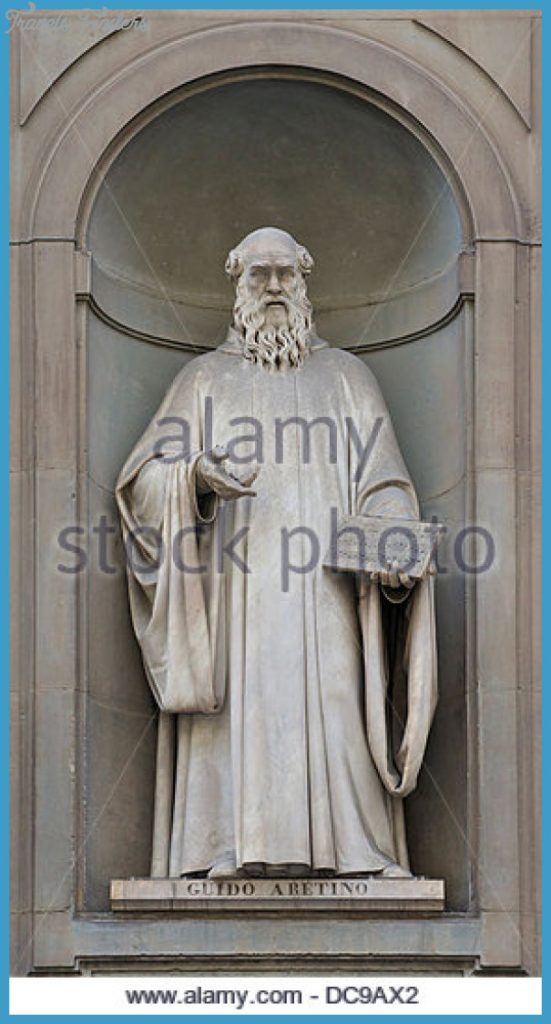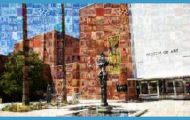GUIDO D’AREZZO MUSEUM
The people of the community of Talla, nestled between fields of sunflowers, blue-leafed vineyards and pine forests, about 20 km north-west of Arezzo, believe that the medieval theorist and composer of antiphons, Guido – known locally as Guido Monaco (‘Guido the monk’) but more widely as Guido of Arezzo, in which city he compiled the earliest treatise on singing (Micrologus, c1026) – was born in the stone castel-laccia on a knoll above their town. (To find Talla, take the main road north from Arezzo towards Bibbiena and turn left after about 11 km, at Capalona.) Its rustic if sensitively restored appearance is perhaps somewhat compromised by the television aerial at the rear.
GUIDO D’AREZZO MUSEUM Photo Gallery
In 1994 Talla celebrated Guido’s millennium, with a conference, concerts and the unveiling of a monument by the sculptor Johan Ulrich Steiger, while Rights were not granted to include these illustrations in electronic media. Please refer to print publication The Guido memorial site at Talla acknowledging that no one can be quite sure precisely when or where he was born. The plaque mounted on the castel-laccia in 1905 proclaims 992, a date generally accepted by scholars, as the date of birth of their celebrated trovatore delle sublimi note musicali’: this refers to his invention of the Guidonian hand’, a kind of mnemonic device that helped establish modern notation. He died near Arezzo in 1050. A museum bearing his name has now been set up there, as part of the EcoMuseo del Casentino’. It is designed rather to illustrate the place of music in society between Guido’s time and the 13th century than as a memorial to Guido himself; nevertheless, he must be comfortably the earliest composer to be commemorated with a museum bearing his name.

